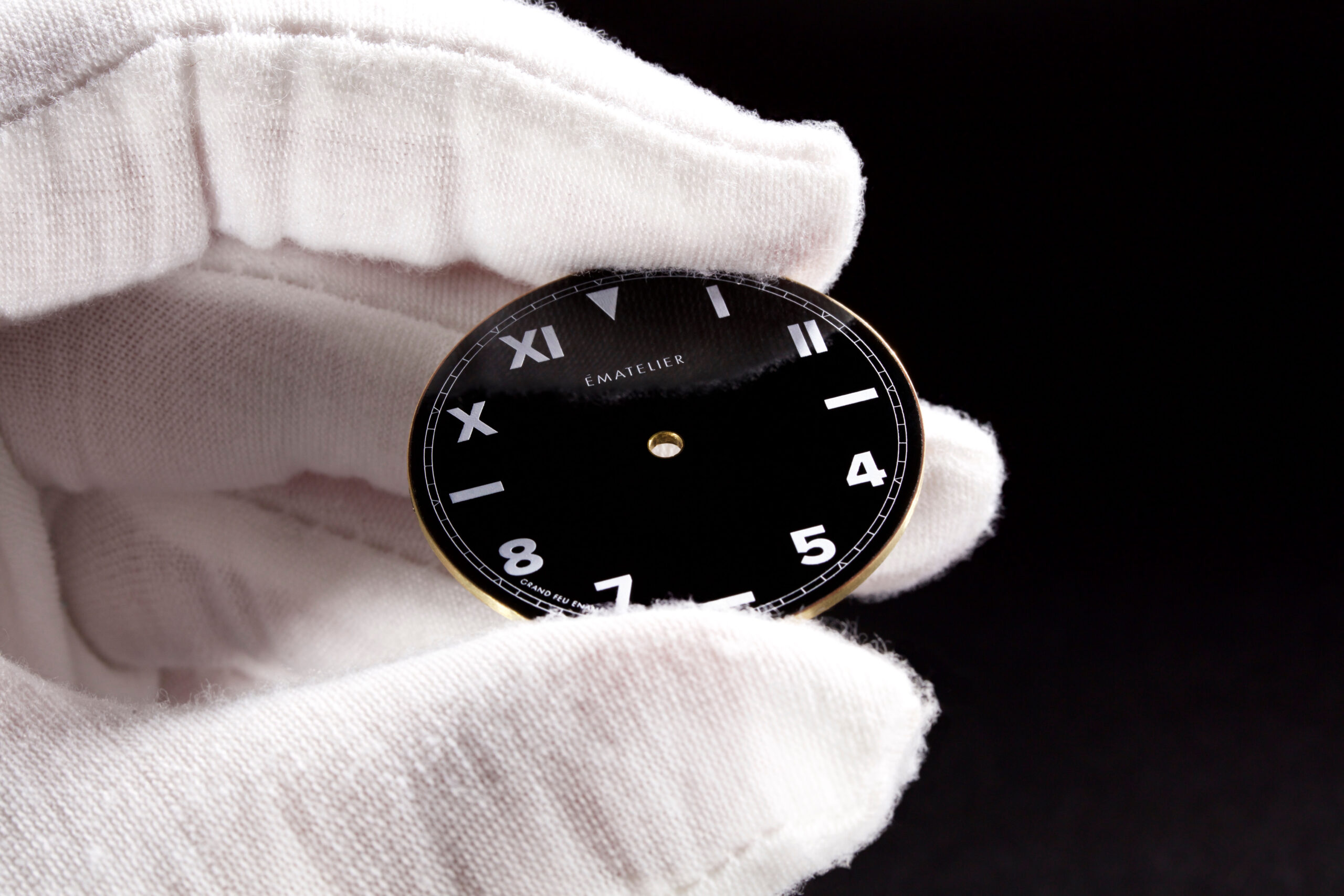Toronto-based Ematelier, a brand specializing in mechanical watches with handcrafted enamel dials, has just introduced its newest offering. The Elements collection is a series of timepieces with Grand Feu mirror-polished, monochrome enamel dials fired on gold plates.
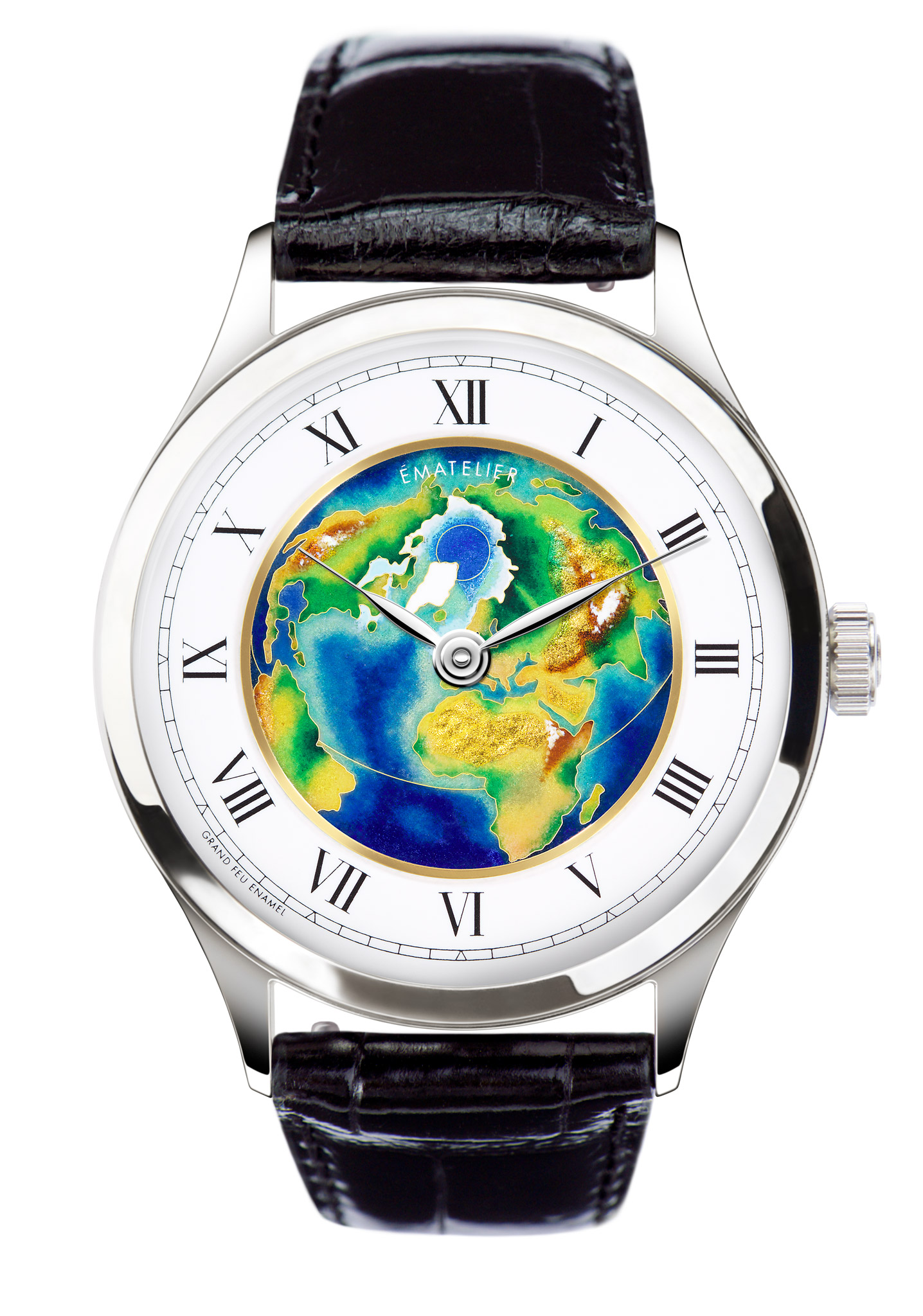
Thanks to the unparalleled longevity of enamel, the resulting pieces are natural heirlooms, as with all timpepieces from this brand.
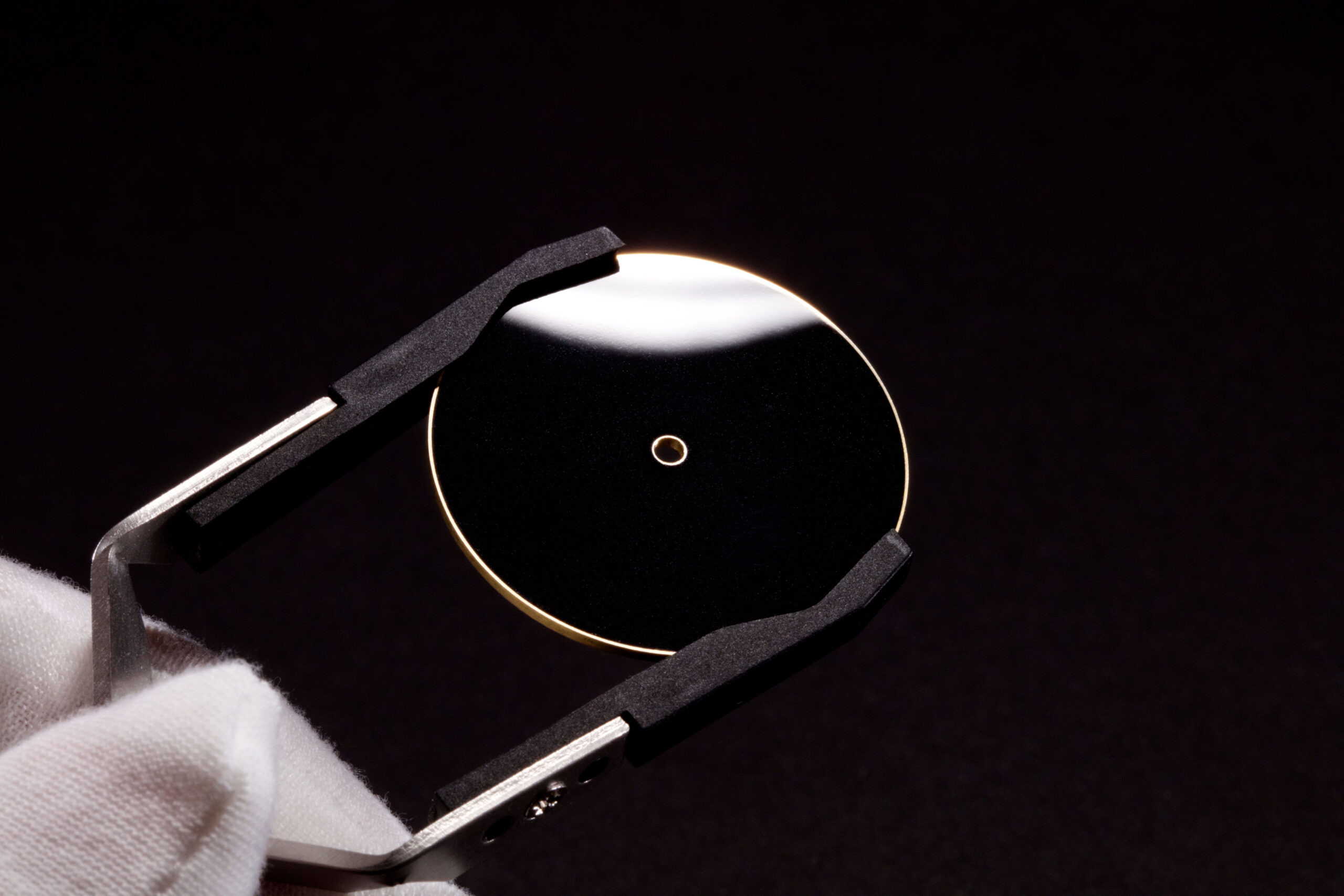
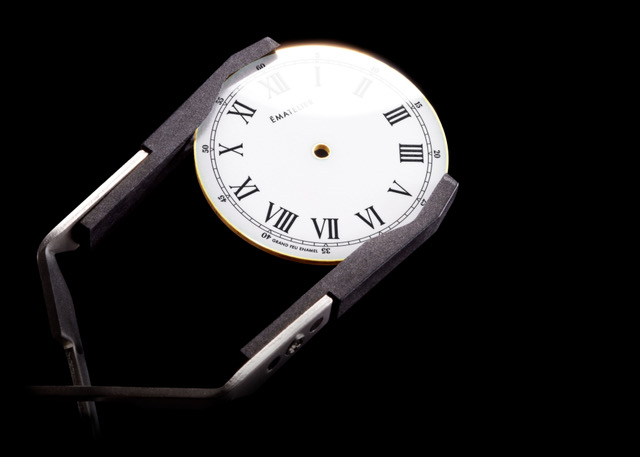
Available in pure white, black, and blue, these dials have enamel indices (as opposed to ink-printed) fired at around 650°C onto a mirror-polished enamel surface — a feature unique to Ematelier. (The firing temperature of the base enamel is around 750°C).
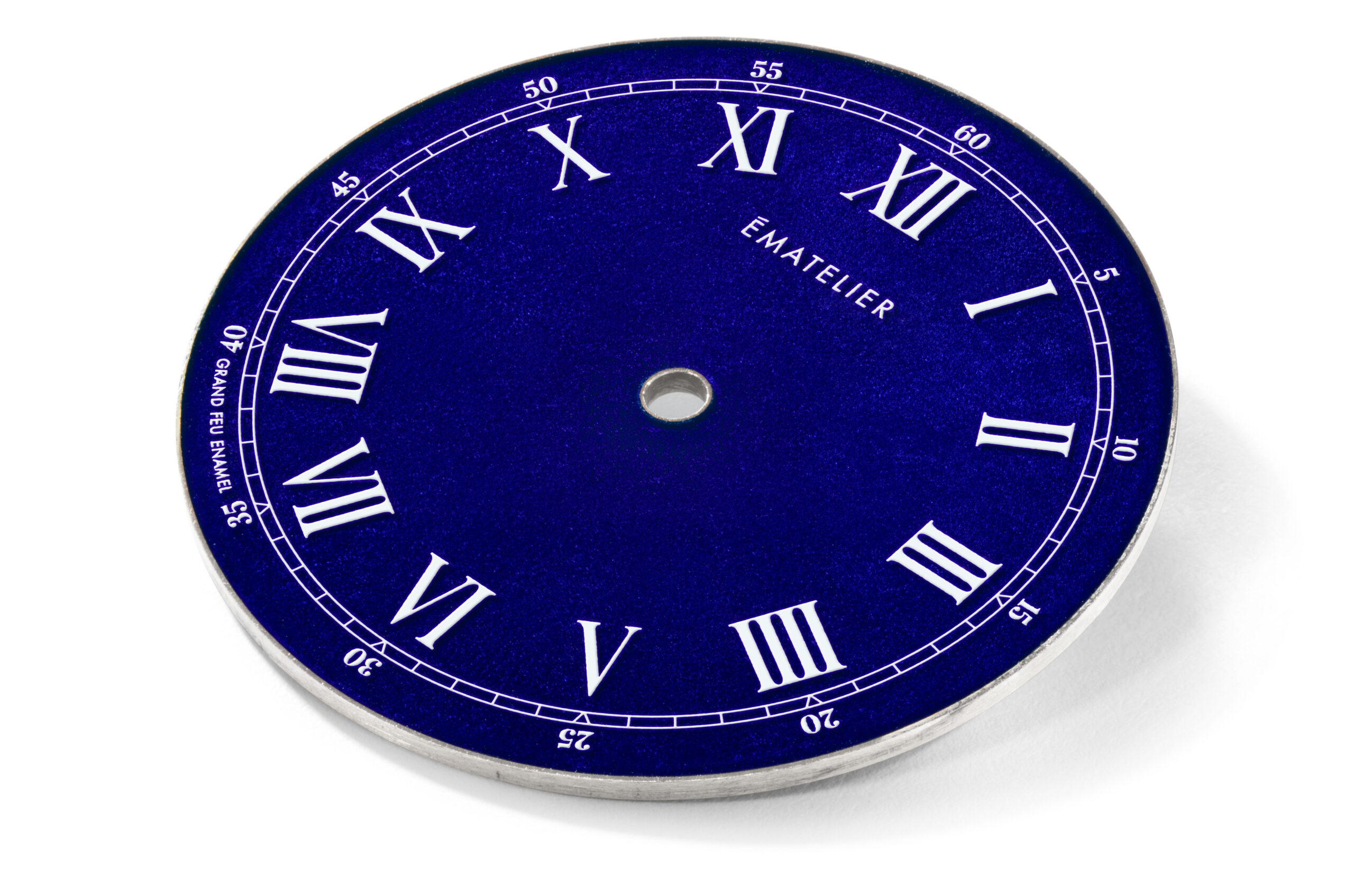
Though monochrome may appear simpler to produce than miniature enamel painting, in reality, it is quite complex because the elements behind the collection — enamel, gold, and fire — are predictably unpredictable to work with.
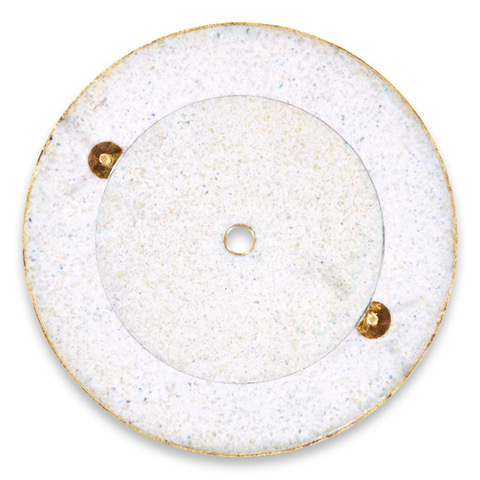
Enamel in Monochrome: Complexity in Simplicity
At first glance, monochrome dials — free of the obvious intricacies of miniature enamel painting or cloisonné, as in Ematelier’s previous collections — seem relatively uncomplicated to make. But for the expert enamelers at Ematelier HQ, nothing could be further from the truth. While there is no explicit artistic component here, creating a mirror-polished monochrome dial with enamel indices is a technical achievement of the highest order.
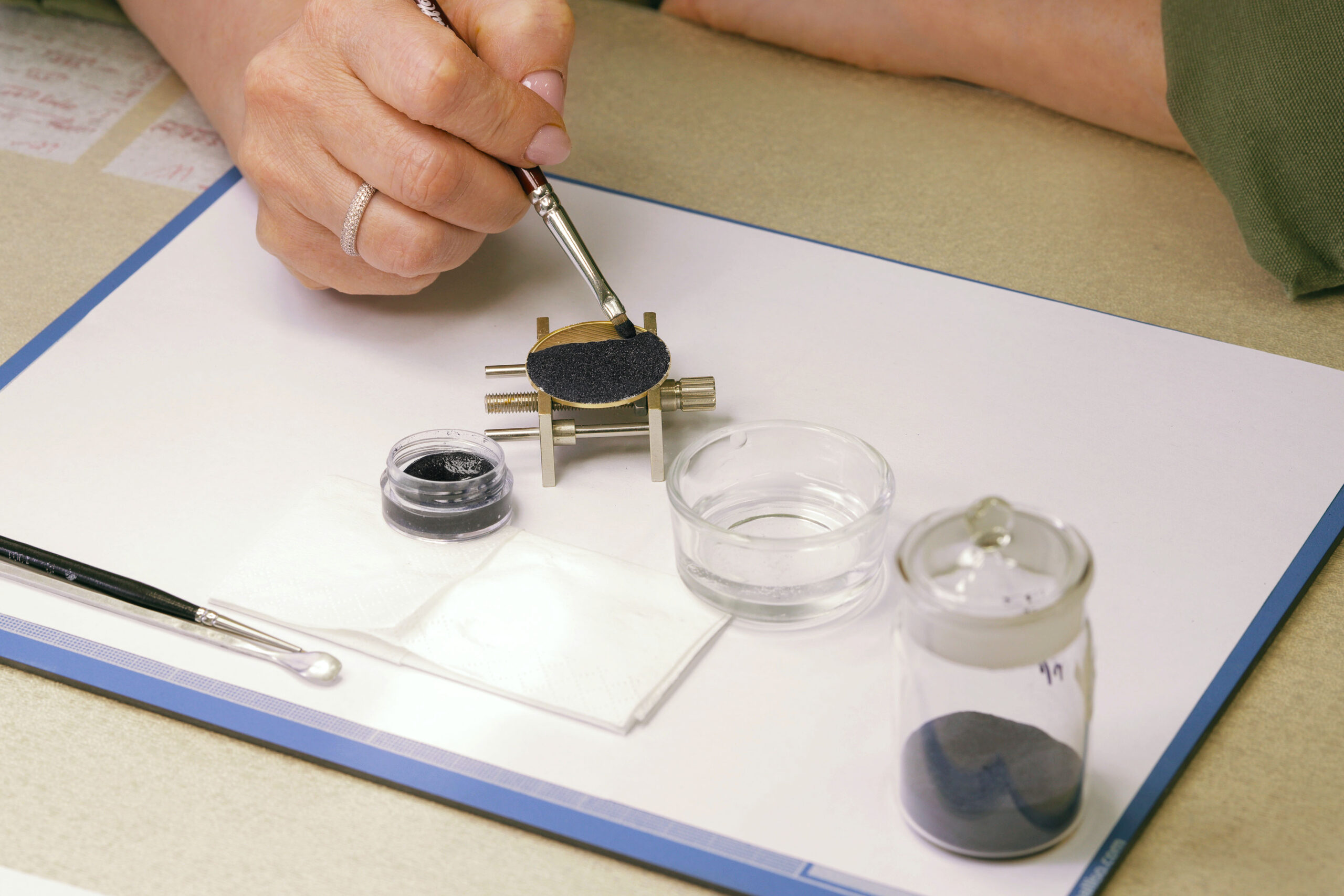
The fundamentals of creating a monochrome enamel dial are the same as for miniature painting: applying finely ground glass to metal in wafer-thin layers and firing repeatedly at a high temperature (around 750°C) between layers (the process behind a true Grand Feu enamel dial).
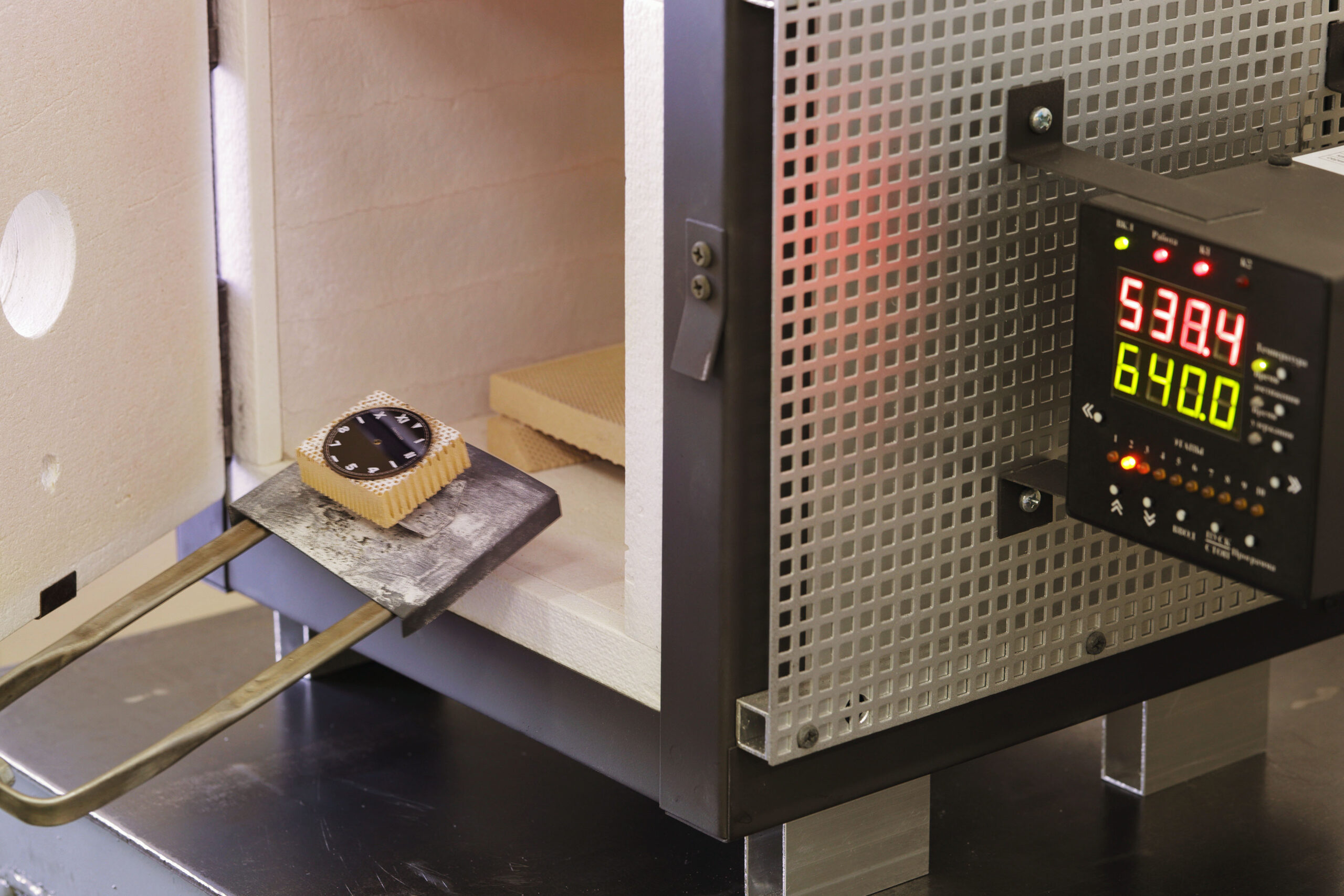
Lacquer or porcelain dials can sometimes be labeled as enamel dials. Such dials are certainly much easier to produce but lack true Grand Feu enamel properties, including unparalleled longevity. In fact, a distinctive characteristic of a true hand-fired enamel dial is that it cannot be perfect. Upon close inspection with the loupe, enamel dials will have tiny imperfections.
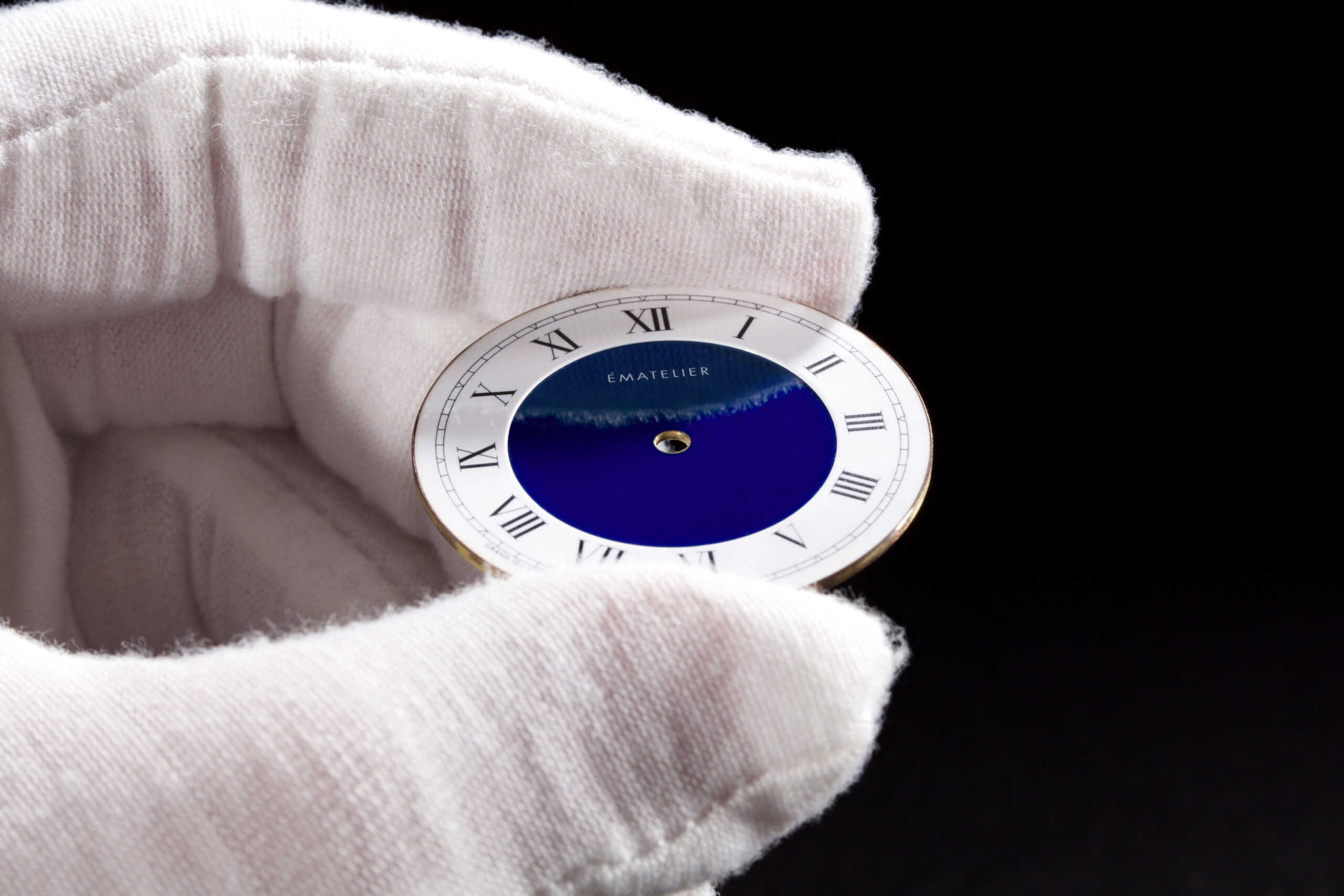
Enamel is a temperamental medium: at each 750°C firing, the dial is apt to warp or split, even with expert technique. And while Ematelier’s artisans have a great deal of experience with Grand Feu dials, when it came to the prospect of creating monochrome pieces, a whole new set of challenges presented itself.
Finding the right foundation
Traditionally, a monochrome enamel dial is made on a copper plate. During firings, copper is prone to warping and fire scale. To rectify this and to achieve a flat dial, the dial is usually pressed immediately after baking, while it is still hot. This may create internal tensions. When Ematelier inspected old dials in the midst of its research and development, it found hairline cracks that did not appear to be the result of mechanical impact. It’s possible that the imperfections stemmed from the production process itself. To avoid this, a new and more reliable medium was sought.
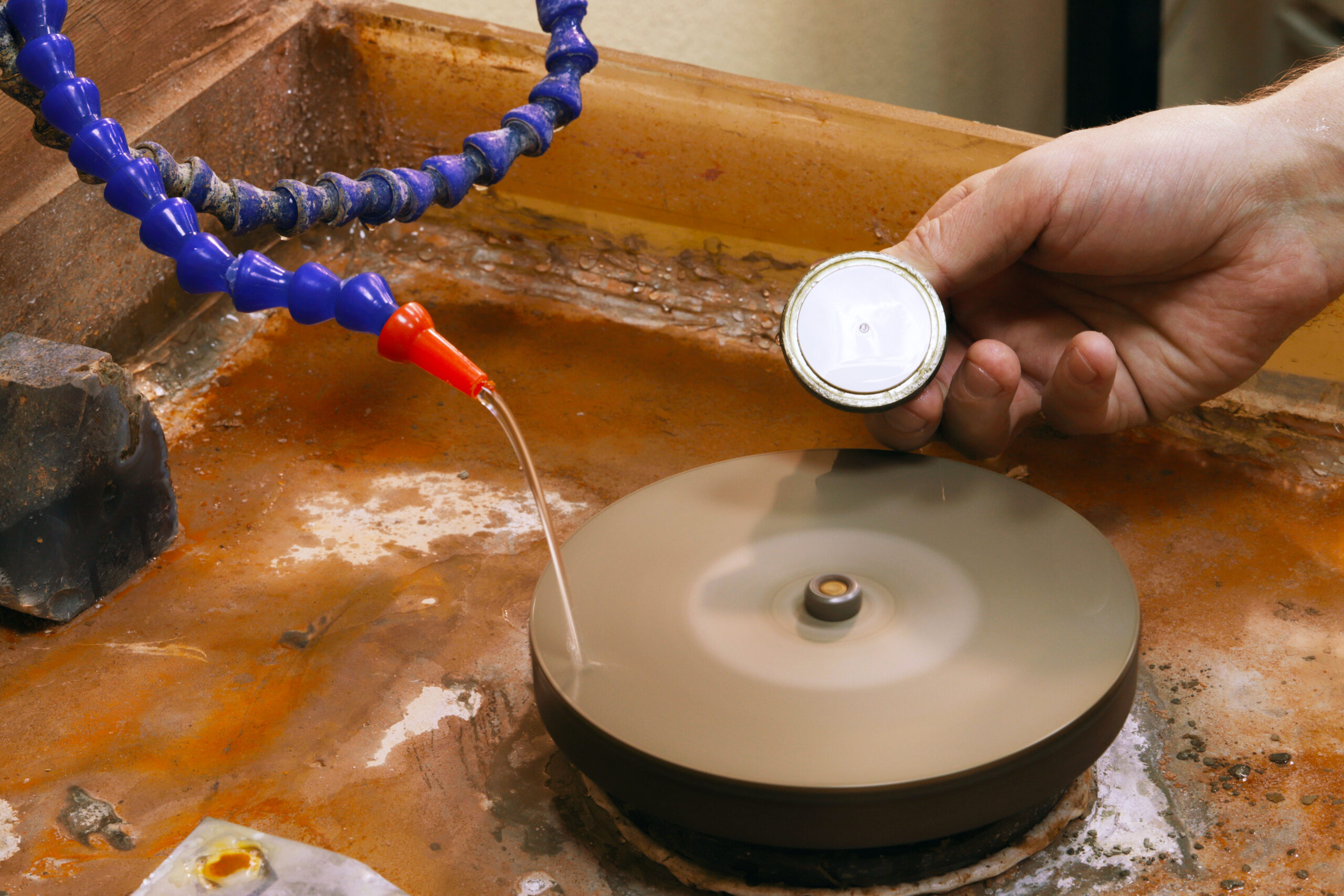
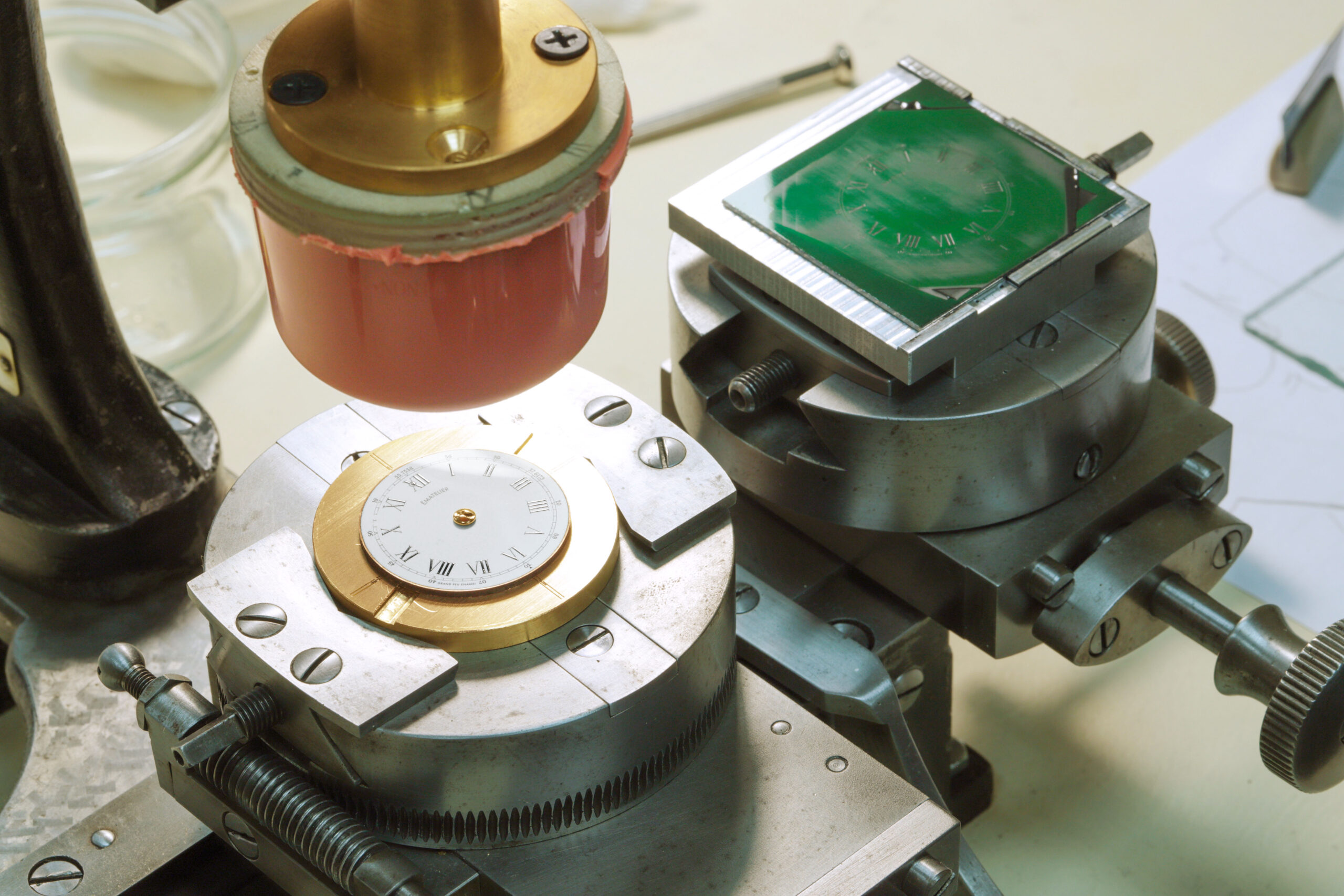
The solution—though more costly —was to use gold plates made with a CNC machine instead. Given the brand’s small production runs, and the fact that gold yields fewer rejections than copper, the increase in cost turned out to pay dividends in quality assurance.
Mirror polished dials leave nowhere for mistakes to hide
Ematelier’s monochrome dials are polished to a near-flawless mirror finish. First, the enameler must create an immaculate monochrome base, firing multiple layers of white, black, or blue enamel at 750°C — a formidable challenge in itself. At any step, the enamel on the dial could crack or create bubbles, forcing the enameler to repeat the process from scratch.
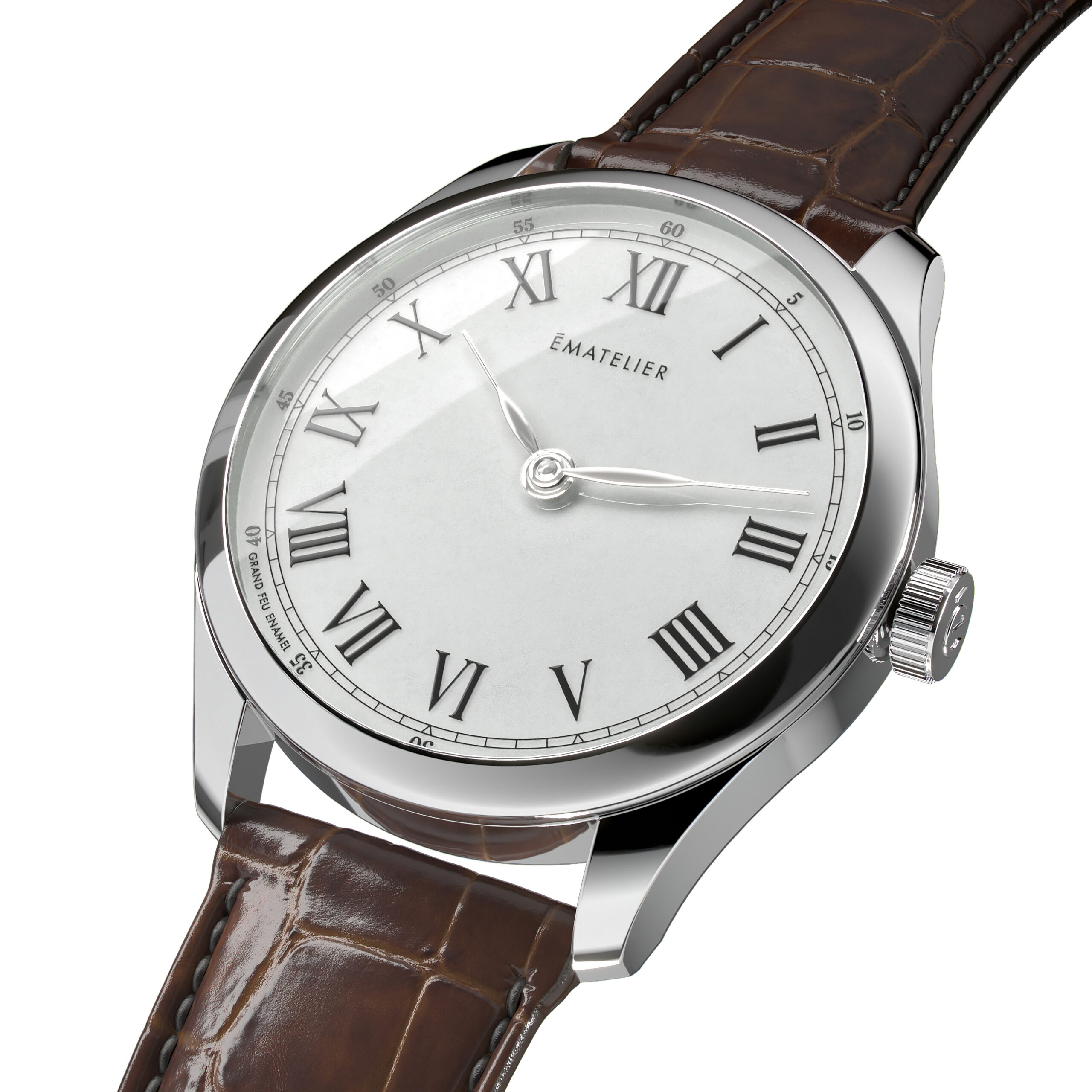
The next step is to mirror-polish the dial. This is a double-edged sword. While dazzling to the eye, it magnifies imperfections, which are all the more obvious when you’re working in monochrome. This makes monochrome dials more complex to complete than miniature paintings—the slightest flaw becomes immediately apparent to the watch connoisseur. But all this is just an overture to the final act: printing enamel indices, the logo, and other markings on a manual pad printing machine for final firing in the kiln.

Making sure that the markings are just right and the base mirror-polished surface remains intact is enormously complex. Firing is done at around 650°C. Just an extra second in the oven may result in poor quality of the indices or a ruined mirror surface.
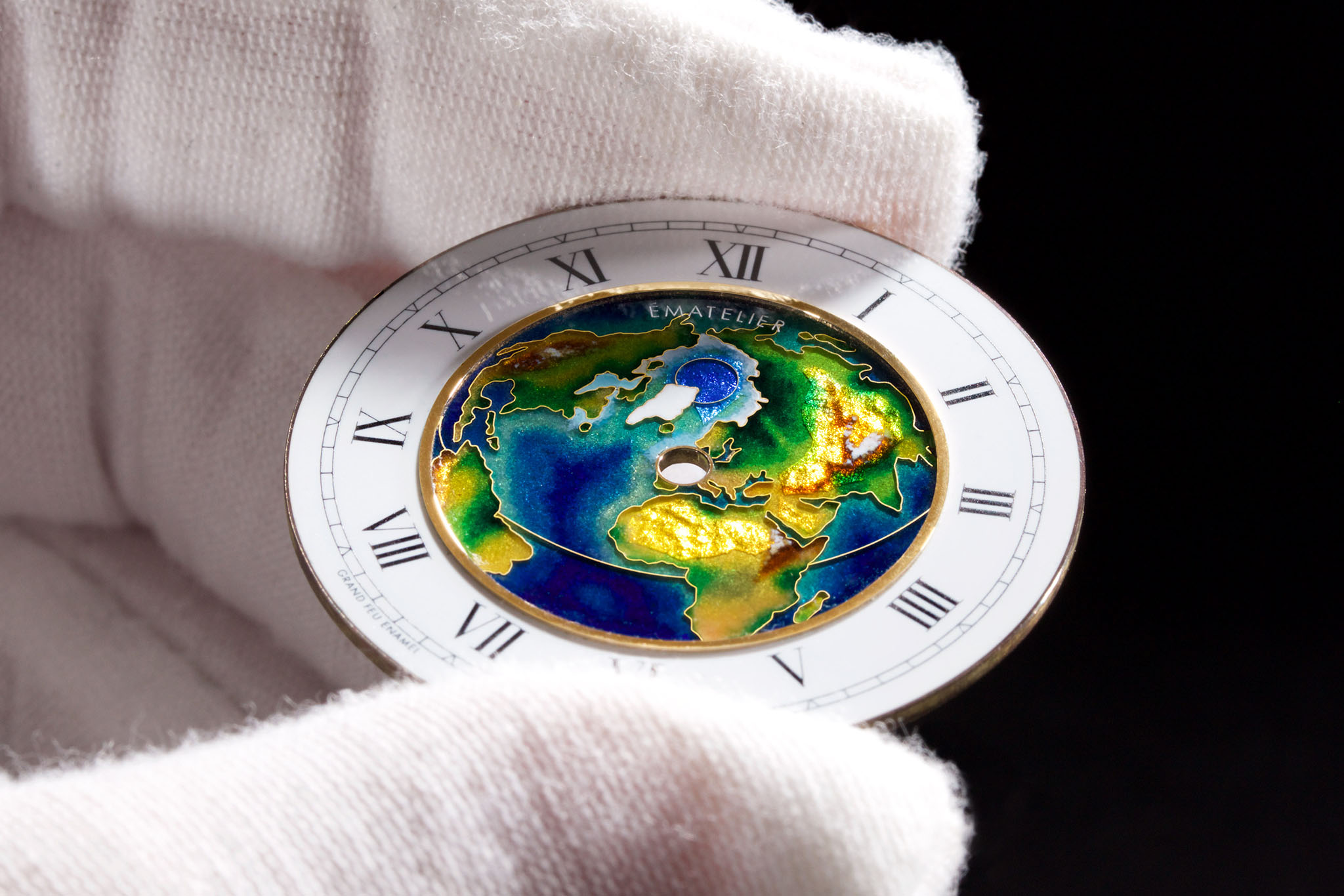
And again, the result is predictably unpredictable — even with top-tier technique performed by the most skilled enamel artisan, multiple rejections are a given, and only truly impeccable dials advance through the process.
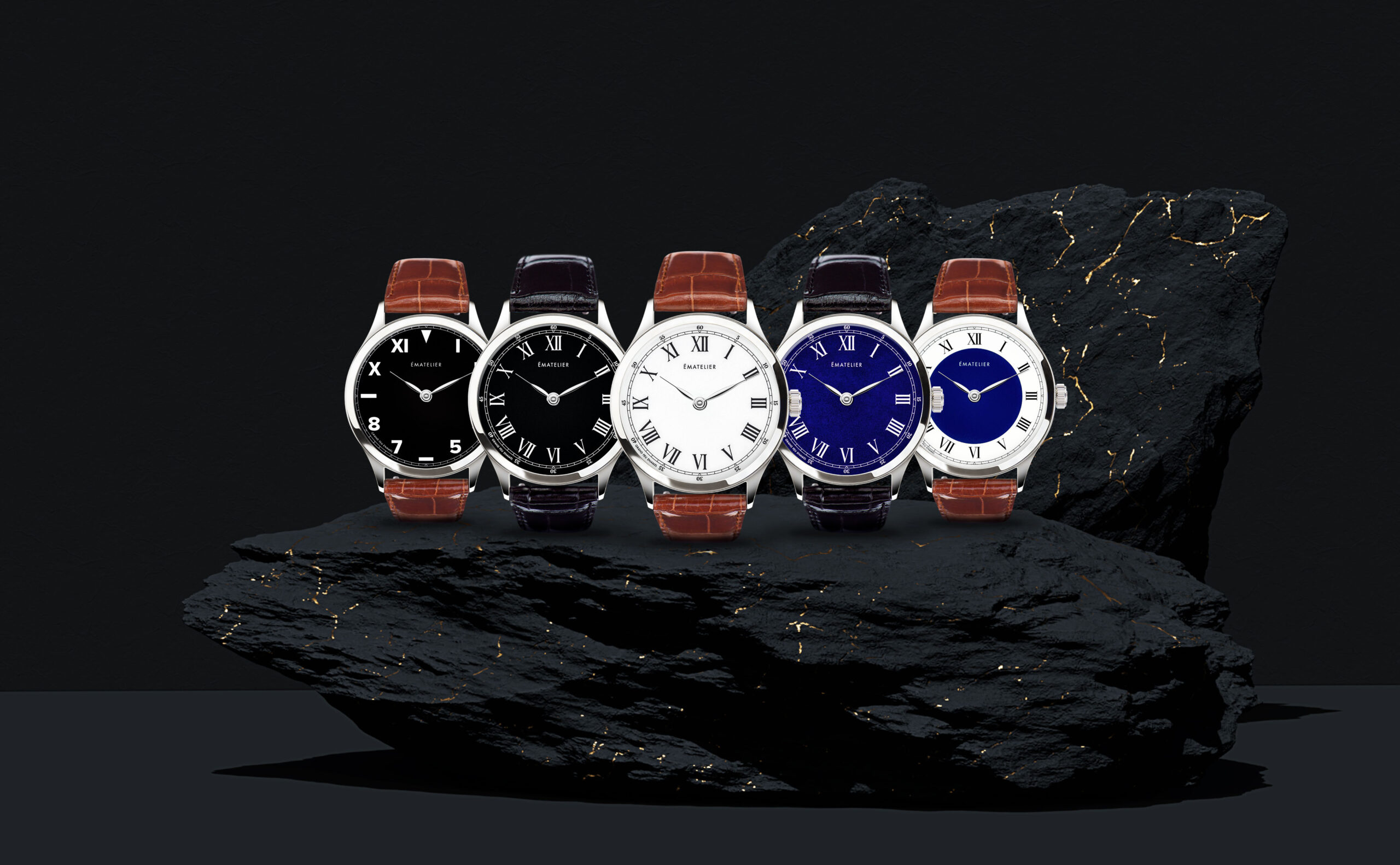
The reward, for both artisan and consumer is the pride of a unique and timeless masterpiece. Prices start at $4,900 USD. Learn more at the Ematelier website.
Sponsored Posts are a form of advertising that allows sponsors to share useful news, messages, and offers to aBlogtoWatch readers in a way traditional display advertising is often not best suited to. All Sponsored Posts are subject to editorial guidelines with the intent that they offer readers useful news, promotions, or stories. The viewpoints and opinions expressed in Sponsored Posts are those of the advertiser and not necessarily those of aBlogtoWatch or its writers.

